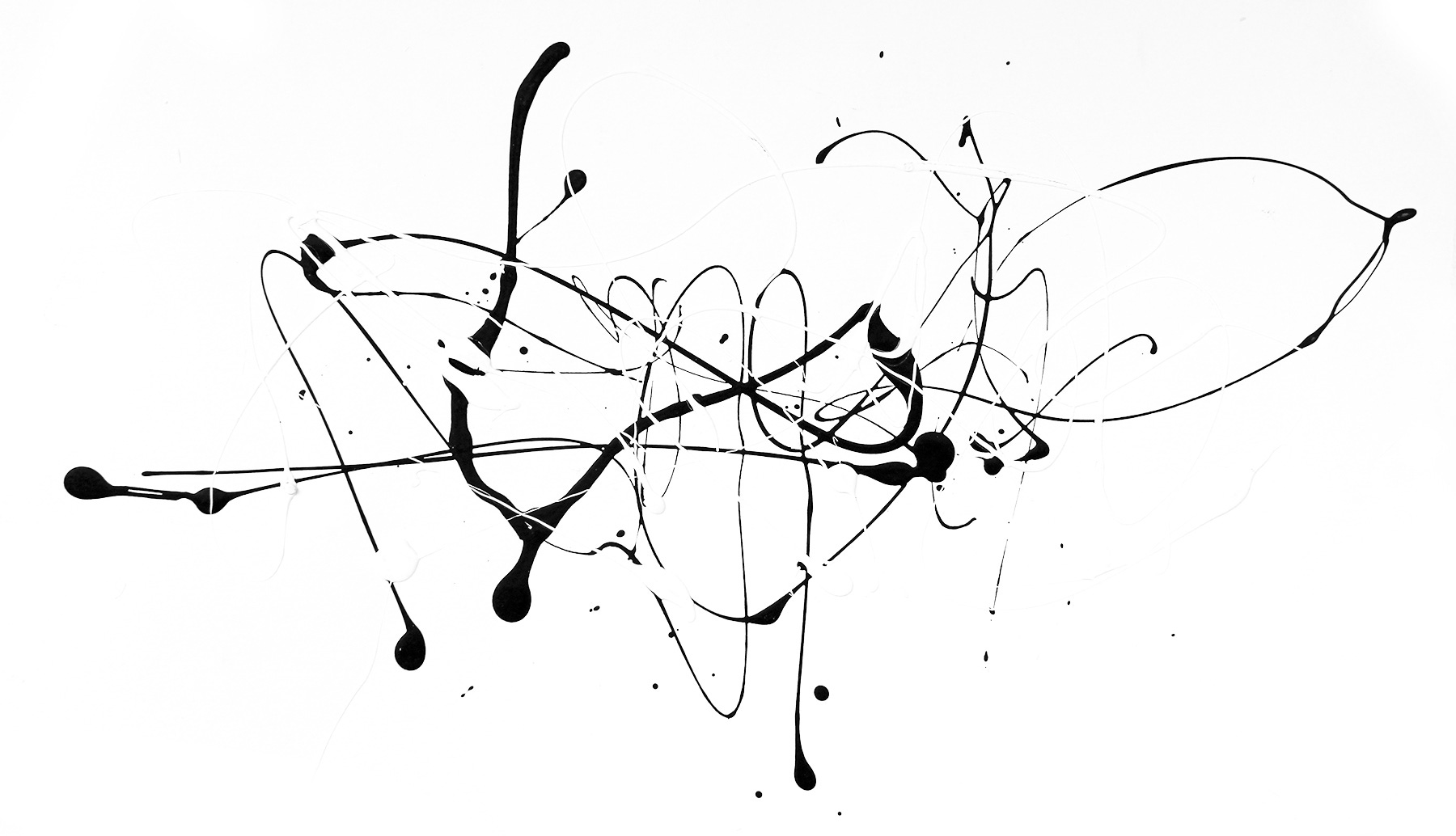Reflections on 1982: Painting, Parenting, and the Beginning of the Path
Lately, I’ve been deep in the process of editing the book I’ve been slowly shaping over the past couple of years—the one these articles have been intended for. At this point, I’ve accumulated about 300 pages of material to work with.
While looking back at the February 26th article, The Freedom in Limitations, I paused on the illustration I had included:
1982.071 — 20 x 13 inches — house paint on paper.
The date struck me. 1982. I was 26 years old when I made that piece (and the one above). At the time, my son Zach was just two years old. His mom and I had recently bought and moved into an old house in Fort Worth, Texas. That same year, we became foster parents—there were three kids in our care at that point, and over a two-year span, we ended up fostering seven children altogether. Add to that a 14-year-old stepdaughter. I was also painting houses for a living.
The house itself was a two-story structure built in 1910. At the back of the 50 x 150-foot lot stood a detached two-story garage—dirt floor below, and above it, what had once been a servant’s quarters or storage room. No plumbing. Just a big, open room with a couple of windows. That became my studio.
My wife at the time was a registered nurse. She had been working at a hospital but chose to leave that job to stay home and take on the role of a full-time foster parent. We lived simply, in a poor, mixed neighborhood that had seen better days.
As a house painter, I often had leftover paint, tools, and supplies. Someone had given me a stack of 40 x 26-inch paper sheets, so I tore them into quarters to stretch the material further. I grabbed a stir stick—the kind used to mix paint in a can—and began experimenting with the abstract expressionist "drip" method. I created a suite of about sixteen pieces in that series. The one I included in the article is from that body of work.
At that point, I was still very much at the beginning of my path as an artist. I hadn’t yet shown in a gallery or built a consistent body of work, but I was working toward it. All my work was on paper—I couldn’t afford canvas, nor did I have space to store large works. Everything had to be lean, portable. I worked out of portfolios and had no flat files or paper cabinets. My budget was essentially nonexistent. Time was scarce. But I had the first inklings of a direction—of an artistic identity that might one day survive in the art market.
My formal training had started right out of high school, in 1974, at a community college in St. Louis, Missouri. I had just missed the draft for the Vietnam War. I declared myself an artist from the start, enrolling in drawing and design courses in my first semester.
In 1977, I moved to Texas and lived with my grandparents, using a bedroom in the old farmhouse next door that had belonged to my great-uncle, “Uncle Doc.” He’d passed away a few years earlier. I worked at a gas station during the week and spent weekends sketching. At the time, I was exploring visual musicality.
Within a year or two of making that 1982 painting, I would be represented by a gallery and soon after I started making collages. Before I turned 30, I had my first exhibition. That was the beginning.
What followed were hundreds if not thousands of pages of story that were never written. It would be thirty years and fifty exhibitions later when I would finally make a reliable living as an artist.




Thanks for sharing your story.
I don't know if I could have done what you have done to accomplish your goals, but it sounds like you stayed focused and you have a good support system with your wife and kids. I thought I wanted music as a career but when I started teaching it, I realized I didn't have the same joy as just creating. Truth be told, music is a tough career and I don't know if I would want to do it as a full time job. I commend you for your fortitude. Looking forward to reading more.